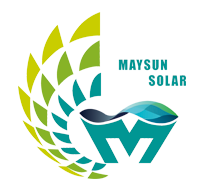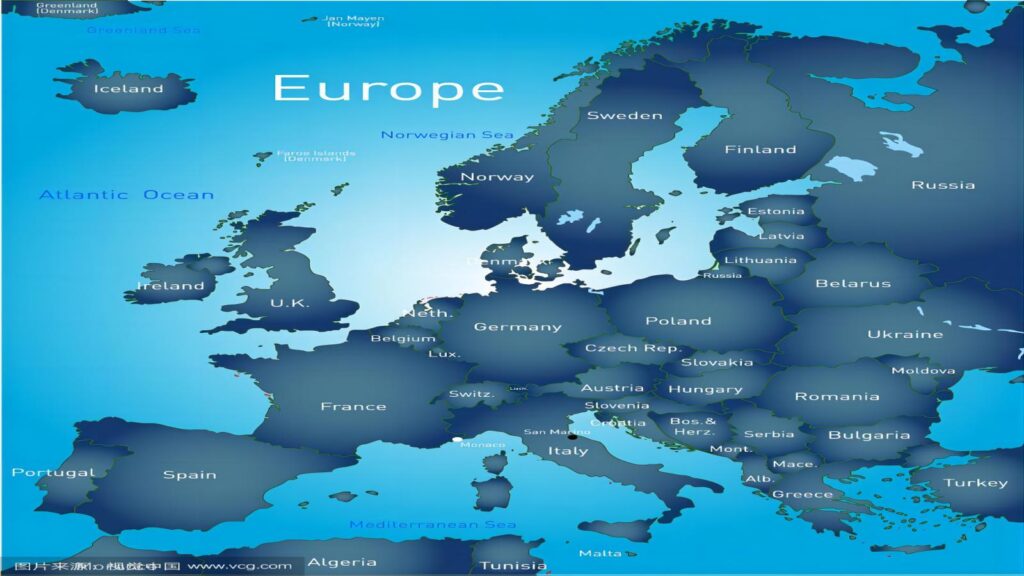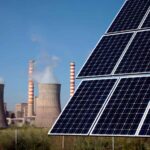Photovoltaic price trends:
On August 23rd, CNMIA’s Silicon Industry Branch reported rising costs for solar-grade polysilicon.
An n-type material’s market value was RMB84,000-93,000 (US$11,526.3-12,761.2)/tonne, with an average of RMB89,100(US$12203)/tonne, up 5.32% week-on-week. Mono recharging chips were traded at RMB72,000-80,000(US$9861-10956)/tonne, with the average at RMB77,200(US$10573)/tonne, up 3.21% week-on-week.
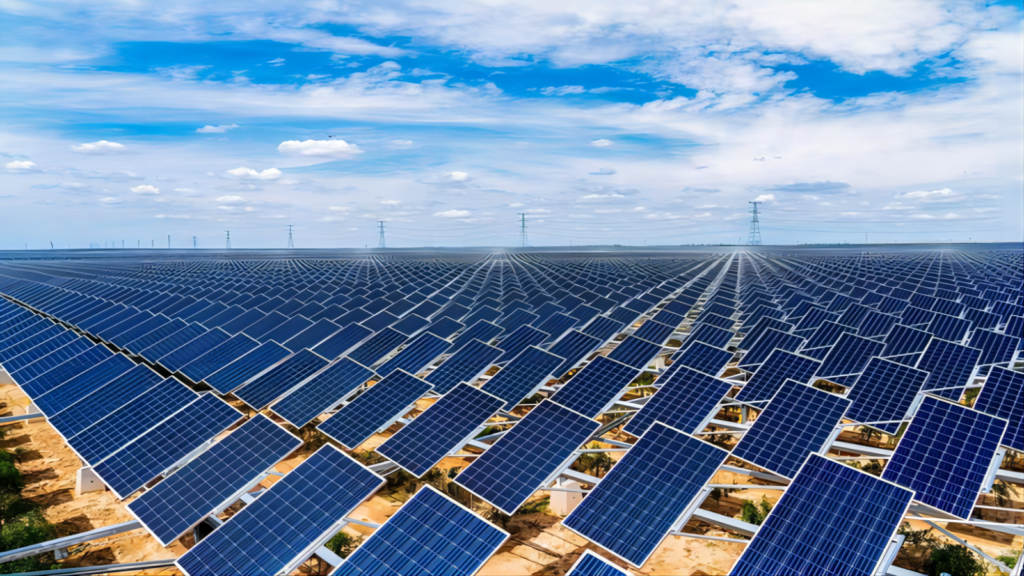
Photovoltaic technology news:
On Feb 21, 2011, German company Heraeus opens silver paste factory in Singapore to meet growth. Photovoltaic Silver Paste is a special coating material used in the manufacture of solar cells. It is usually composed of silver particles, organic solvents and organic polymers, and has conductive and adhesive properties.
Photovoltaic silver paste plays an important role in the manufacture of solar cells and is used to make the positive electrode of the battery. On the front side of the solar cell, silver paste is coated or printed on the surface of the silicon wafer to form a grid of metal electrodes. These conductive meshes of silver paste help to collect and deliver current to the battery’s circuitry, increasing the battery’s efficiency.
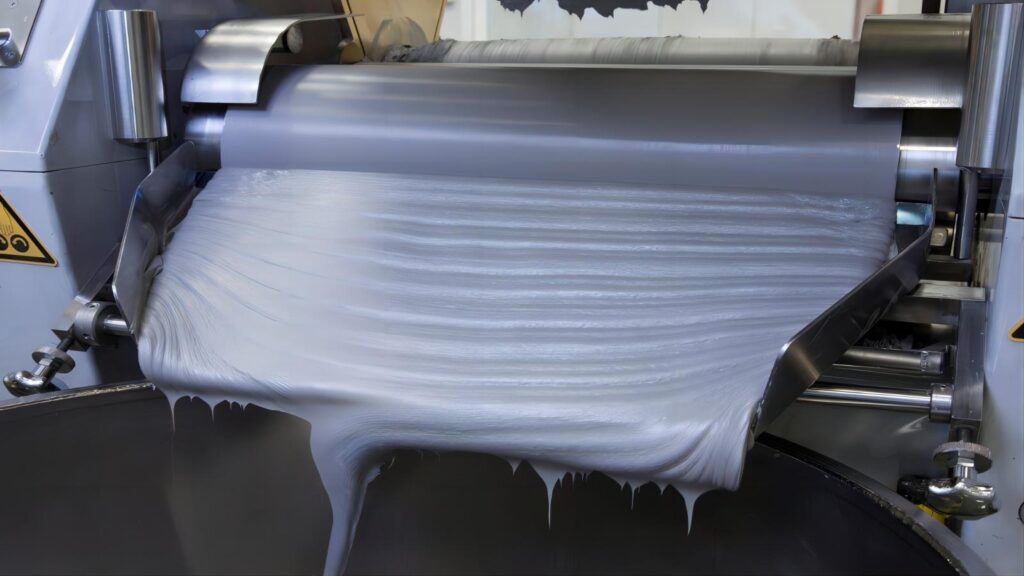
Emerging energy markets in Europe are on the rise:
The urgent necessity to speed up decarbonization and further guarantee power independence in Europe has set the continent on a path towards rapid expansion of solar PV deployment. Germany and Spain have traditionally been the most active markets in European solar PV development, followed by the Netherlands, France, and Italy. Poland, located in Eastern Europe, has experienced a growth spurt in solar PV in recent years and is poised to become one of the most important markets in Europe.
While Poland has the potential to become a driver of solar penetration across the EU, it is not the only key growing country in Eastern Europe. Both Romania and Greece are making strides towards decarbonization, and they have the potential to be key drivers in Europe.
Greece and Romania are two of the most developed markets in Europe. Last year, Greece added 1.34GW of solar power, bringing its total to 5.5GW, joining the ranks of Spain, Germany, Poland, the Netherlands, and France.
The Hellenic Association of Photovoltaic Companies (HELAPCO) predicted that Greece’s cumulative solar capacity would reach 13.6GW-16.3GW by 2030 in a report published last year by trade organisation SolarPower Europe giving the market prognosis for the European country.
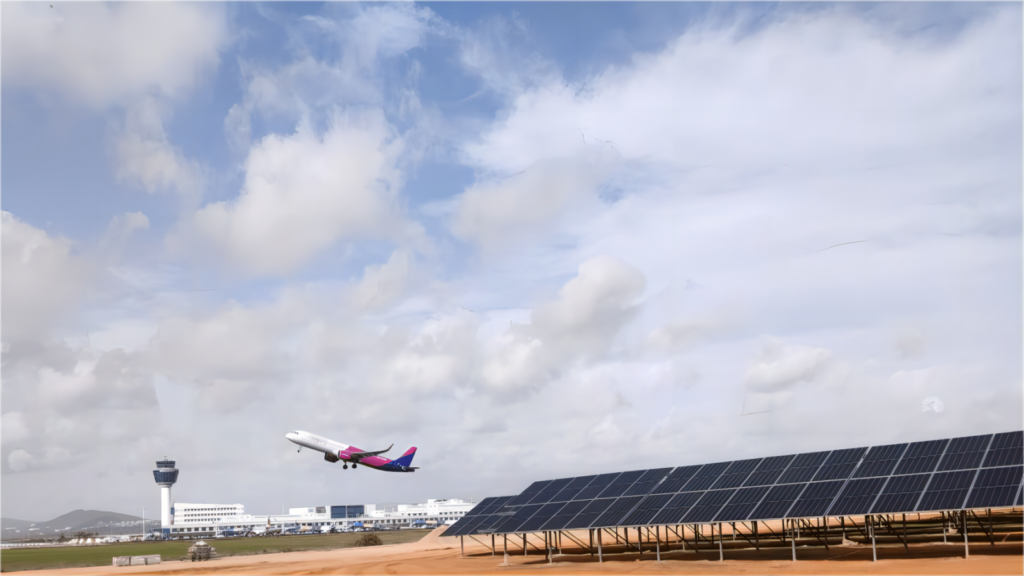
Most nations in Southern Europe still have a long way to go before they meet regional targets for increasing solar PV installation rates. Northern European countries like Greece, Romania, and Poland have reached a more advanced stage of solar deployment and should soon rank in the top 10 in Europe in terms of installed capacity.
While there is considerable variation in the penetration of renewables into national electricity generation portfolios, all nations will need to step up their game if they are to contribute to the European Union’s stated goal of 740GW of installed solar PV capacity by the end of this decade and thereby achieve decarbonization goals.
Photovoltaic industry news :
Infolink’s(A market research company) top 10 module suppliers increased their annual shipments by 57% year-over-year to 159-160 GW in the first half of this year, with the growth pace slowing marginally within the same time frame. When comparing year-over-year growth, the relative growth in the second quarter was only 28%. The fundamental reason for this is the combination of lower-than-anticipated demand in the second quarter and the impact of offshore inventory on the fermentation process. There has been a small shift towards domestic sales, and the final wait-and-see attitude remains strong. This year, the level difference between manufacturers has expanded as a result of surplus and technological revolution.
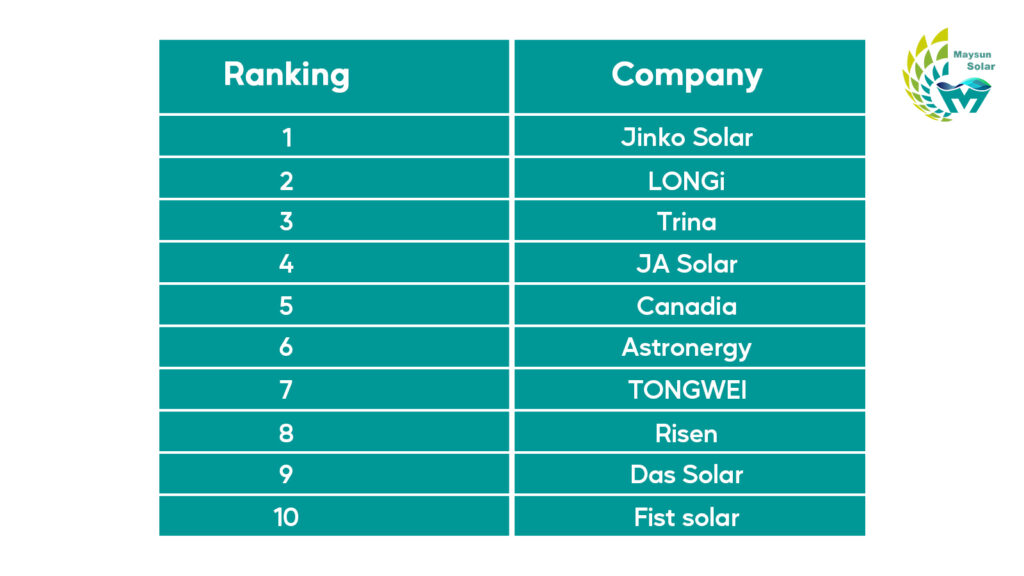
Note:The final data is subject to the company’s own announcement.
On 28 August 2023, the “OFweek 2023 (14th) Solar Photovoltaic Industry Conference and Annual Award Ceremony of the Photovoltaic Industry” was successfully held in Shenzhen, China, jointly organised by OFweek and its authoritative photovoltaic professional media – WKN-PV.
This is the 14th Solar PV Industry Conference organised by WKN-PV, which brings together well-known power groups, energy investors, integrated energy service providers, PV EPC integrators, PV module manufacturers and advanced material and equipment suppliers from home and abroad, witnessing the 14 years of growth of WKN-PV and the enterprises together. From the beginning of the preparation, the selection activity has caused great repercussions in the industry, and gained great attention and active participation from the whole PV industry.
After a hot enterprise declaration and intense voting competition, the selection committee summarised the data and submitted it to the expert review group for comprehensive scoring, and finally selected the winners of the various awards of this year.
LONGi Green Energy Technology Co., Ltd. was awarded the Wike Cup-OFweek 2023 Excellent Household PV Brand.
Reference:
Produced | PV Tech Daily PV News:https://www.pv-tech.cn/market_briefings/Europes_emerging_solar_markets
Yuen, S. (2023) “PV Price Watch: Polysilicon prices up again, price discrepancy between n-type and p-type widened,” PV Tech [Preprint].
https://solar.ofweek.com/2023-06/ART-260001-11000-30601408.html

Will Agrivoltaics Affect Crop Growth?
Agrivoltaics combines solar energy and agriculture to reduce up to 700 tons of CO₂ per MW, improve water use, and boost crop growth for sustainable farming.

6.5 Billion Loss Hits Photovoltaics: Reshaping or Elimination?
In 2025, the photovoltaic market may see a turnaround as some companies take early action. A €6.5 billion loss is driving businesses to explore new growth areas like energy storage and hydrogen. Which giants will break through? Industry transformation is accelerating!

What’s New in Solar Energy (March 2025)
March’s solar news highlights include rooftop solar meeting two-thirds of global demand, China’s market reforms potentially boosting solar demand and module prices, France revising solar targets in PPE 3, and challenges in Europe with declining capture rates and price volatility.
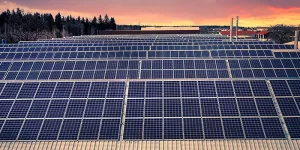
Zero-Investment Solar Projects: How to Earn Passive Income Through Rooftop Leasing?
Monetize your idle rooftop and earn stable annual rent! With the photovoltaic rooftop leasing model, businesses can generate long-term revenue without investment, reduce operating costs, and achieve a green transition.

How to Optimize Photovoltaic Power Plant Operations with AI and Big Data
This article explores three methods of using AI to enhance power generation revenue and reduce operation and maintenance costs in intelligent photovoltaic operations.

Solar Module Costs May Rise by 10% in 2026! In-Depth Analysis of CBAM’s Impact on the Industry
Table of Contents Introduction to CBAM 1. Why Did the EU Introduce CBAM? As the challenges posed by global climate change intensify, governments worldwide are accelerating their efforts to achieve carbon neutrality. The European Union, a leader in global carbon reduction initiatives, introduced
